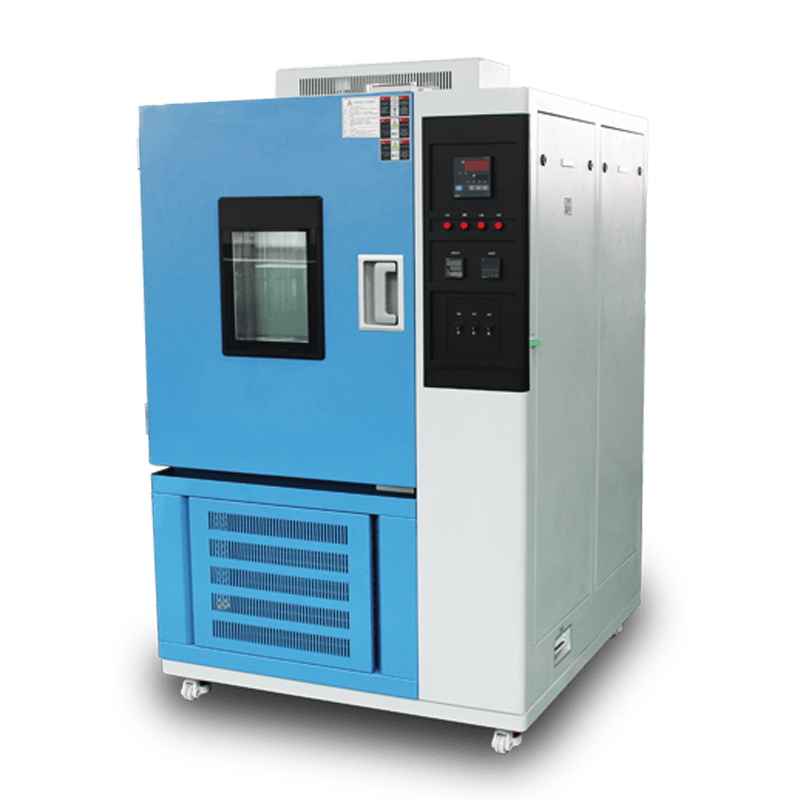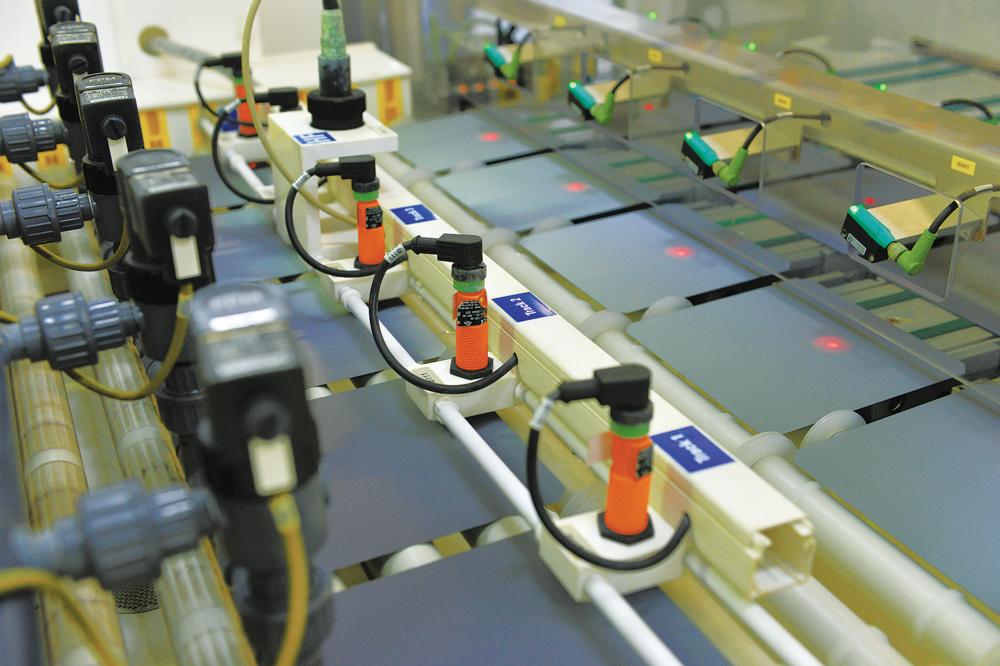The low-temperature test chamber is a device used to test the performance of materials, products, and components in a low-temperature environment. It is widely applied in aerospace, electronics, chemical industry, materials science, and other fields.

There are various reasons that can lead to poor sealing performance in low-temperature test chambers, including:
- Aging of Sealing Rings: Over time, sealing rings may become aged, brittle, or deformed, resulting in decreased sealing performance.
- Improper Installation: If the sealing ring or the door is not installed correctly, it may lead to poor sealing. The hinges, positioning, and closure tightness of the door need to be properly adjusted.
- Humidity in the Testing Environment: High humidity can cause the sealing materials to absorb moisture, affecting their performance. Moisture can also lead to frost formation during cooling, further impacting the sealing effect.
- Material Shrinkage due to Temperature Changes: In low-temperature environments, certain materials may shrink, resulting in poor sealing.
- Improper Operation: Frequent opening and closing of the door or not following the operating procedures may cause excessive wear or deformation of the sealing ring.
- Design Flaws: If there are inherent design defects in the low-temperature test chamber, such as unreasonable sealing structures, this may also lead to poor sealing performance.
- External Damage: The equipment may have suffered impacts or wear during transportation or use, causing damage to the sealing areas.
To address these issues, it is advisable to regularly check and replace sealing rings, ensure accurate installation, and pay attention to the usage and maintenance of the equipment. If sealing problems persist, it is recommended to consult professional technicians for diagnosis and repair.













